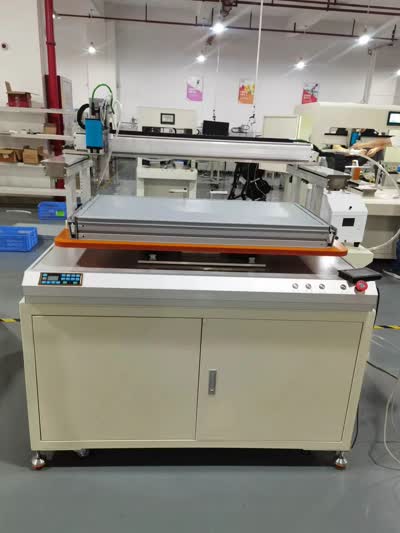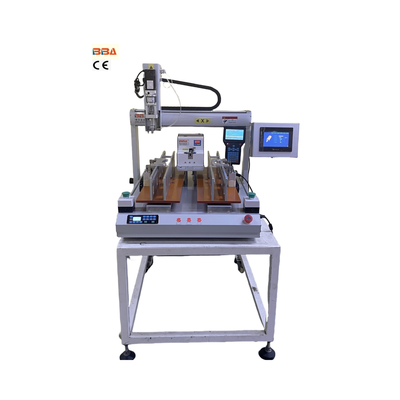Automatic Screw Assembly Machine | How It Works & Benefits

| Product Name | Applicable industries |
| Dual Head Screwdriver | Telecommunication Equipment Assembly |
How Does an Automatic Screw Assembly Machine Work?
Automatic screw assembly machines are essential tools in modern manufacturing, designed to improve precision, speed, and consistency in assembly operations. These systems are widely used across industries such as electronics, automotive, and consumer goods to handle repetitive fastening tasks with minimal human intervention.
Key Components of an Automatic Screw Assembly Machine
An automatic screw assembly machine typically consists of several core components: a screw feeder, a driving unit, a positioning system, and a control panel. The screw feeder stores and orients screws, delivering them one by one to the driving mechanism. The driving unit, often an electric or pneumatic screwdriver, tightens the screw into the target product. The positioning system, which may include robotic arms or precision guides, ensures accurate alignment between the screw and the assembly point. Finally, the control panel allows operators to set parameters such as torque, speed, and sequence.
The Working Process Step by Step
The operation begins when the machine is loaded with screws, either manually or via a bulk feeding system. The feeder mechanism, which may use vibration, belts, or rails, organizes and transports screws to the driving head. Sensors detect the presence and orientation of each screw to prevent errors. Once a screw is correctly positioned, the driving unit descends, engages the screw, and fastens it into the workpiece according to predefined torque and depth settings. The system then retracts, ready for the next cycle. This entire process is repeated rapidly, with some machines capable of installing hundreds of screws per hour.
Benefits of Automation in Screw Assembly
Automating screw assembly offers significant advantages. It increases production throughput while reducing labor costs and human error. Consistency is greatly improved, as each screw is tightened with exact torque specifications, enhancing product quality and reliability. Additionally, these machines can operate continuously with minimal supervision, making them ideal for high-volume manufacturing environments. Many models also include error-detection features, such as monitoring for missing screws or cross-threading, further ensuring assembly integrity.
Applications and Flexibility
Automatic screw assembly machines are highly adaptable and can be customized for various applications. They can handle different screw sizes and types, and can be integrated into existing production lines or work as standalone units. Advanced systems may include multiple heads to handle several screws simultaneously or be paired with robotics for complex assembly tasks. This flexibility makes them suitable for both small-batch and mass-production scenarios.
In summary, automatic screw assembly machines streamline manufacturing by combining precision mechanics with intelligent control systems. They not only accelerate production but also enhance quality and reduce operational costs, making them invaluable in today’s competitive industrial landscape.


